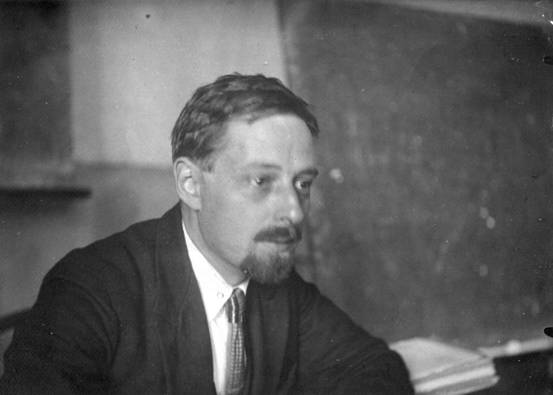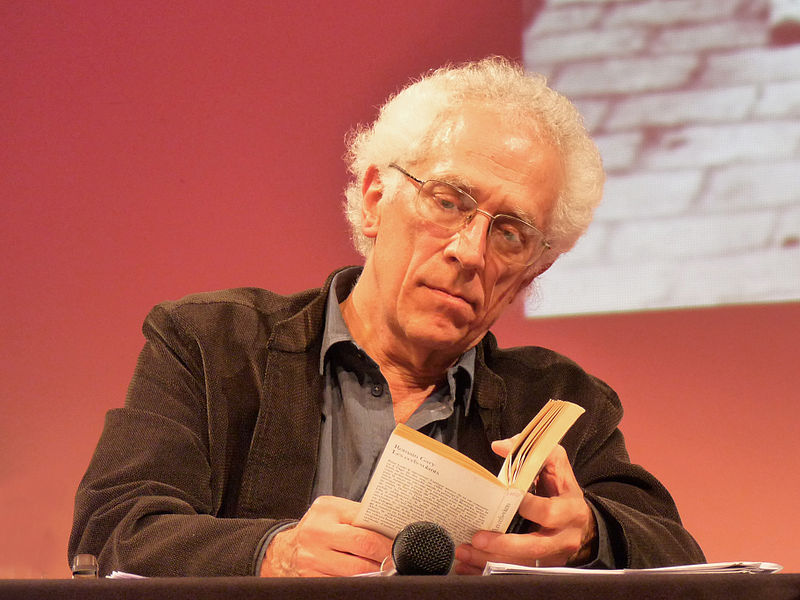I'm working in a group of four; with Adam Dignam, Dominic Wilkinson and Conor Brockbank. We've taken the decision of doing a film trailer. We have a couple of ideas, with either the choice of doing a trailer for a comedy or an action film. We're more likely going to go for comedy, because action films have quite a lot of budget, for things like pyrotechnics, fake weapons, lighting and so on.
The two ancillary products I am going to do are a poster and a website homepage for the film. To do the research for this, I am going to look up images of posters using websites such as IMP Awards. I order to create a film poster I will use Adobe Fireworks because it has a lot of advanced tools on there, such as the magic wand, as well as the usual basic tools, such as the paintbrush to help modify pictures. When I create a website homepage, I will use Microsoft Expression Web 3 because it is really popular and is fairly easy to use.
What we need to do for our planning is to just look at examples in both fields and try to get inspiration from them.
Our intended date for creation of our main product is unknown, but Miss Furness insists that it has to be done during the summer holidays. We are possibly going to create our main product mid-summer. I'm also probably going to create my ancillary products after the summer, when we've filmed the finished product.
Of course, I am going to write up my evaluation at the end of this module - it is unknown when that'll be, however. Much like the evaluation for my music magazine work, I would first write up the evaluation on Word and then type it up again here on Blogger. It's better to write it up again because if you paste the text in on Blogger and preview it, the font for the post would be different compared to other posts.
Wednesday, 11 July 2012
Tuesday, 3 July 2012
Narrative
Vladimir Propp: (1895-1970):
 Vladimir Propp had the idea of the types of characters within a narrative: the hero, villain, helper, donor, princess, dispatcher and false hero. Shrek, for example, would use hero, villain, helper, dispatcher and princess. This is how it would be used in terms of Shrek:
Vladimir Propp had the idea of the types of characters within a narrative: the hero, villain, helper, donor, princess, dispatcher and false hero. Shrek, for example, would use hero, villain, helper, dispatcher and princess. This is how it would be used in terms of Shrek:- Hero - Shrek - he's the protagonist of the story
- Villain - Lord Farquaad - he's the antagonist of the story
- Helper - Donkey - he's Shrek's companion and friend in the story
- Dispatcher - Lord Farquaad - he sent Shrek and Donkey to rescue Fiona
- Princess - Fiona - she's who Shrek and Donkey went to rescue
 Tzvetan Todorov came up with the idea of the equilibrium, disruption and resolution narrative. For example, using Taylor Swift's music video to her 2009 song You Belong With Me, the equilibrium is the geek girl in love with the boy, the disruption is when the brunette appears and the resolution is the geeky girl wins the guy.
Tzvetan Todorov came up with the idea of the equilibrium, disruption and resolution narrative. For example, using Taylor Swift's music video to her 2009 song You Belong With Me, the equilibrium is the geek girl in love with the boy, the disruption is when the brunette appears and the resolution is the geeky girl wins the guy.Roland Barthes (1915-1980):
 As well as being involved in semiotics, Roland Barthes was also involved in narrative. He had the idea of decoding narratives with his 5 codes: Hermeneutic, Proairetic, Semantic, Symbolic and Cultural. The Hermeneutic Code refers to any elements in the story that isn't completely explained and becomes to the reader. This is used to keep the audience guessing The Proairetic Code builds tension
As well as being involved in semiotics, Roland Barthes was also involved in narrative. He had the idea of decoding narratives with his 5 codes: Hermeneutic, Proairetic, Semantic, Symbolic and Cultural. The Hermeneutic Code refers to any elements in the story that isn't completely explained and becomes to the reader. This is used to keep the audience guessing The Proairetic Code builds tensionClaude Levi-Strauss (1908-2009):
 Claude Levi-Strauss came up with the idea of binary oppositions. It is simply two terms that are the opposite in meaning. For example, it can include good vs. evil, man vs. woman or light vs. dark.
Claude Levi-Strauss came up with the idea of binary oppositions. It is simply two terms that are the opposite in meaning. For example, it can include good vs. evil, man vs. woman or light vs. dark.Edward Branigan (????-????):
 Edward Brannigan had the idea of a cause and effect chain of events: beginning, middle and end. He argues that narrative is 'a way of organising spatial and temporal data into a cause-effect chain of events with a beginning, middle and end that embodies a judgement about the nature of events'.
Edward Brannigan had the idea of a cause and effect chain of events: beginning, middle and end. He argues that narrative is 'a way of organising spatial and temporal data into a cause-effect chain of events with a beginning, middle and end that embodies a judgement about the nature of events'.
Subscribe to:
Posts (Atom)